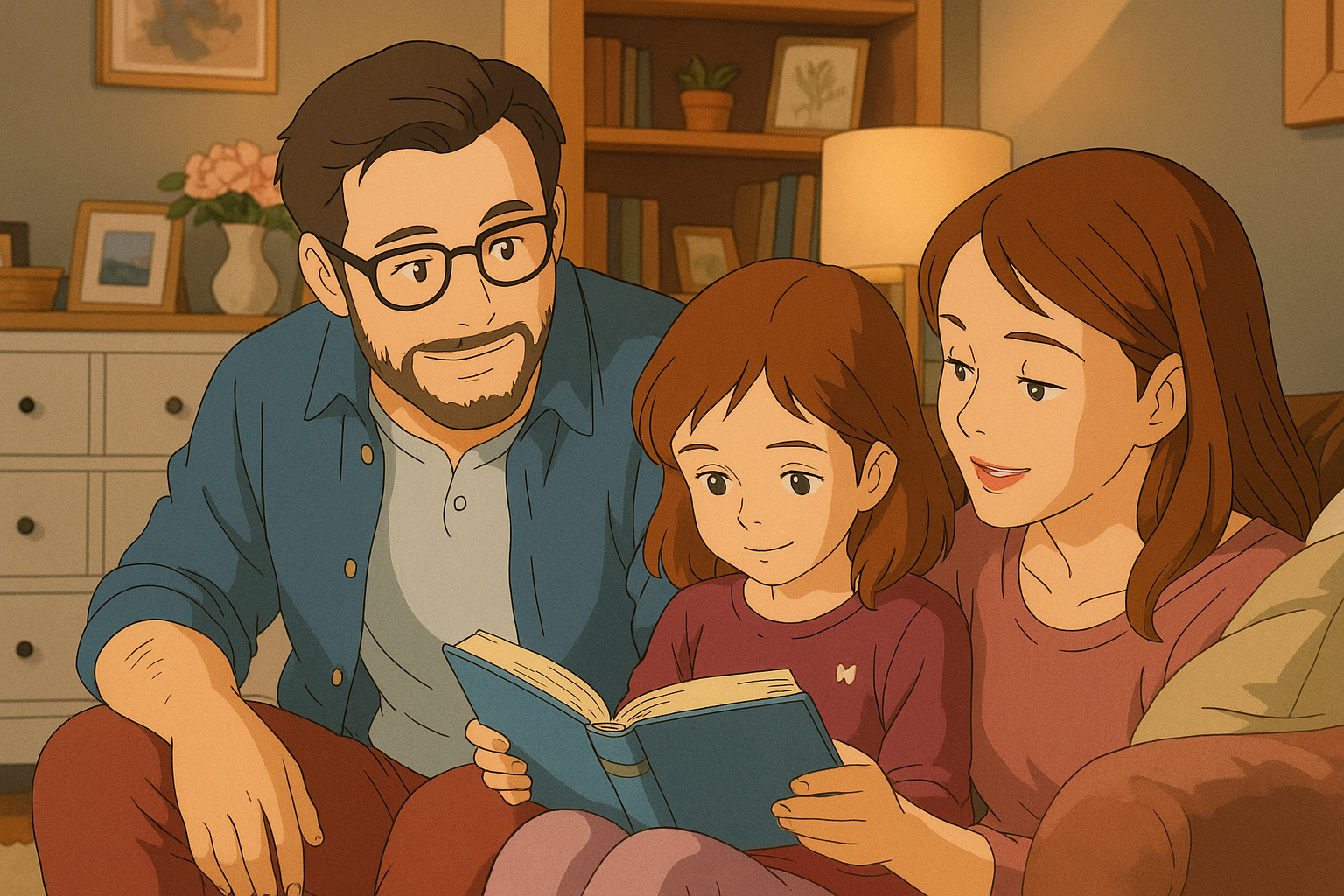Among the most delightful aspects of parenthood is teaching your child to read.
But how can you tell if your child is on schedule? When should you introduce chapter books? What part do you play in all of this? The key reading milestones from toddlerhood to the early years of primary school will be covered in this book, along with how Hashtag’s educational resources may support your child at every stage.

Stage 1: The Ages 1–5 Picture Book Stage
What It Looks Like:
- Vibrant, interactive illustrations with little text.
- Rhyming words and refrain patterns
- Chances for interaction such as naming objects or creating sounds
Why It Is Important:
- Picture books assist young children in establishing early language skills, understanding, and a sense of story
- They present vocabulary and encourage imagination even before a child is reading on his/her own.
Ways to Help:
- Read every day, even if it’s the same book you read again and over.
- Use questions, goofy voices, and gestures to keep them engaged.
- Teach them to page-turn and gesture to pictures
From Hashtag, Try This:
With the help of carefully chosen picture books, storytime flashcards, and entertaining parent prompts, our “First Readers Kit” makes reading exciting and enjoyable.
Stage 2 (Ages 5–6): Sight Words and Early Readers
What It Looks Like:
- Repetitive, simple sentences with familiar vocabulary
- Phonics and sight word introduction
- Predictable, short storylines
Why It Is Important:
- Children start reading simple words and connecting letters and sounds at this point, which is when decoding begins.
- Success at this stage increases confidence in reading and sets the foundation for higher-level skills.
What You Can Do To Help:
- Employ starter-level phonics books and sight word games
- Effort, not perfection—is your goal—celebrate small successes
- Don’t push the pace; allow your child to set the speed
Support with:
Hashtag’s Sight Word Flashcard Pack and Phonics Play Sheets are perfect for this stage of learning hands on, active, screen-free.
Stage 3: Transitional Readers (Ages 6–8)
What It Looks Like:
- Brief paragraphs, simple plots, and starter-level chapters
- Fewer pictures, more print, more vocabulary range
Why It Is Important:
- Children now move away from “learning to read” and into “reading to learn.”
- They begin to read simple fiction and nonfiction and build stamina for longer narratives.
- Alternate reading together shared reading builds fluency
What You Can Do To Help:
- Question them about characters and decisions
- Begin with brief series to establish familiarity and anticipation
Attempt This from Hashtag:
Our Transitional Reader Set has novice chapter books, genre samplers, and guided reading bookmarks to assist your child with staying engaged and motivated.
Stage 4: Chapter Books and Fluent Reading (Ages 8–10)
What It Looks Like:
- Several chapters, plot development, and character change
- Few or no illustrations
- Exposure to multiple genres and styles of writing
Why It Is Important:
- At this stage, children are doing more than just reading; they are evaluating, understanding, and making decisions.
- Reading becomes a hobby and a way of life.
How You Can Assist:
- Allow them to have control over what they read—freedom creates interest
- Talk through stories as you would a show or movie
- Make exploration of genre a priority: mystery, adventure, biography, etc.
Support With:
Hashtag’s Genre Explorer Packs and Monthly Reading Subscription Box provide age-relevant books by themes, with discussion questions for parents to remain engaged.
Reading Milestones: A Parent-Friendly Breakdown
This is a brief summary of what reading usually looks like as kids mature, and how you can support them with the help of Hashtag’s learning materials:
Ages 1–2:
- Identifies pictures, repeats sounds, loves repetition
- Utilize Hashtag’s Soft Story Cards and touch board books
Ages 2–3:
- Points to familiar pictures, completes sentences, turns pages
- Interactive books and parent storytelling are essential
Ages 3–4:
- Identifies some letters, makes pretend reading sounds, understands story sequence.
- Try Hashtag’s Pre-Reader Kit with alphabet mats and images
Ages 4–5:
- Begins to decode simple words, reads sight words
- Use Phonics Playbooks and Sight Word Flashcards
Ages 5–6:
- Reads short sentences, identifies story beginnings and endings
- Introduce Level 1 readers and Reading Practice Playbooks
Ages 6–7:
- Reads short chapter books, develops fluency, enjoys series
- Use bookmark buddy sets and simple series books as incentives.
Ages 7–8:
- Summarizes books, samples various genres
- Employ Genre Explorer Packs for variety and discovery
Ages 8–10:
- Reads smoothly and alone, appreciates complex plots
- Provide Monthly Book Subscription Boxes for ongoing growth
Last Thoughts: Growing a Lifelong Reader
Raising a home reader doesn’t require you to be a teacher. What matters most is your presence, support, and consistency. Let your child observe you reading. Go with your child to libraries. Incorporate books into play and daily life. Additionally, Hashtag’s meticulously developed book kits, literacy aids, and reading tools are made to grow with your child—from the first picture book to the cherished chapter series, in case you do require assistance.
Because, one story at a time, reading is about creating memories, expanding empathy, and unleashing imagination in addition to teaching word decoding skills.

